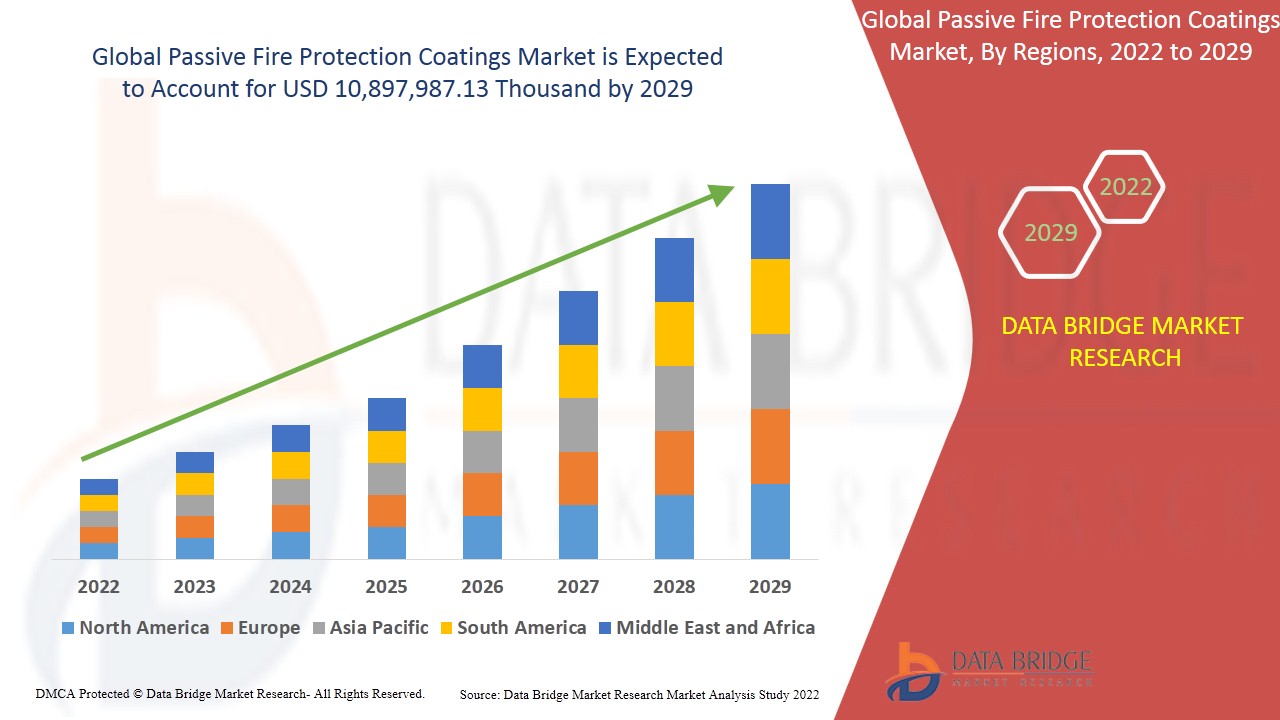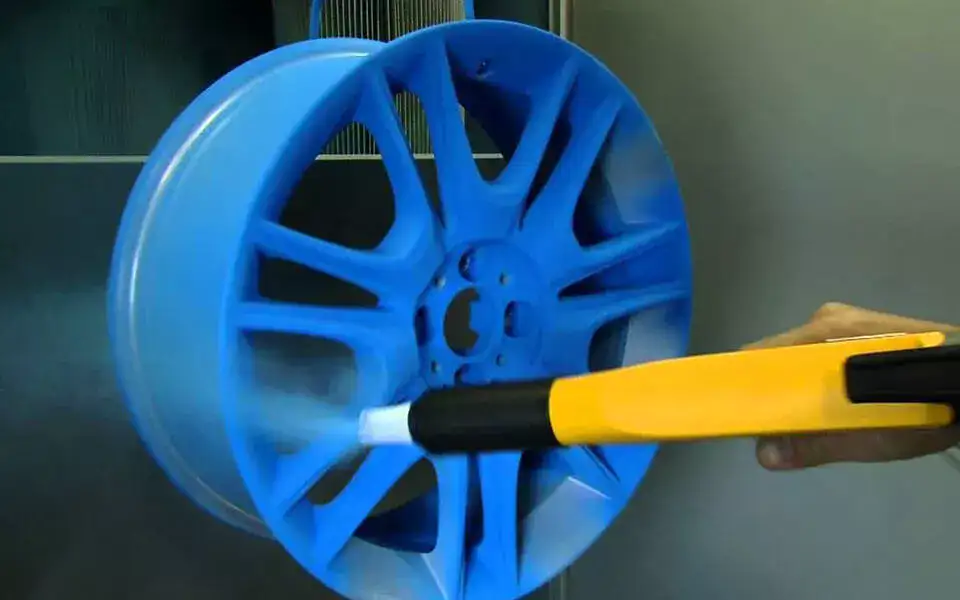Definition:
Passive Fire Protection Coatings, often referred to as PFP coatings, are highly specialized materials and systems meticulously crafted to serve as stalwart guardians of structures and the individuals within them. These coatings are ingeniously engineered to curb the spread of fire and smoke, an invaluable contribution to fire safety. By applying them to building elements like steel structures and concrete, they elevate fire resistance and buy precious time for orderly evacuation and effective fire control.
Introduction:
In an era where safety is paramount, where the preservation of life and property takes precedence, and where the relentless specter of fire poses a constant threat, a remarkable guardian emerges – Passive Fire Protection Coatings. These coatings, often shrouded in silent vigilance, have taken center stage in fortifying our built environment against the relentless fury of flames. This comprehensive guide embarks on a journey through the intricate realm of Passive Fire Protection Coatings, unveiling their profound definition, exploring the diverse segments they encompass, unearthing the multitude of benefits they bestow, charting the ever-evolving landscape of developments, and ultimately, envisioning a future where fire safety is uncompromisingly upheld by these indispensable coatings.
Segments:
Passive Fire Protection Coatings encompass an array of segments, each meticulously tailored to cater to specific applications and requirements, ensuring that fire safety is not a one-size-fits-all endeavor:
Intumescent Coatings: These coatings are like silent sentinels that spring into action when exposed to intense heat, expanding to form an insulating layer that effectively insulates and shields the structures beneath.
Cementitious Coatings: Rooted in the robustness of cement-based materials, these coatings exhibit impressive fire resistance, capable of withstanding the most extreme temperatures.
Epoxy-based Coatings: Epoxy coatings stand as the epitome of durability and fire resistance, often enlisted to protect steel structures and industrial equipment from the ravages of fire.
Hybrid Coatings: The fusion of multiple coating types gives rise to hybrid coatings, offering a unique blend of enhanced fire protection and adaptability to diverse applications.
Thin-Film Coatings: For spaces where aesthetics and limited space are paramount, thin-film coatings provide an unobtrusive layer of protection, ensuring both style and safety are harmoniously maintained.
Benefits:
The roster of benefits bestowed by Passive Fire Protection Coatings is nothing short of impressive, making them a linchpin in fire safety strategies:
Augmented Fire Resistance: PFP coatings wield the power to substantially amplify the fire resistance of structures, acting as a formidable barrier that thwarts the advance of flames and the searing heat.
Life-Saving Capabilities: These coatings are heroes in times of crisis, bestowing occupants with crucial moments to evacuate a building in the face of fire, drastically reducing the risk of injury and loss of life.
Preservation of Property: By impeding the progression of fire, PFP coatings step in as sentinels that reduce property damage and economic losses, playing a pivotal role in disaster recovery.
Regulatory Compliance: Building codes and safety regulations often mandate the utilization of PFP coatings to uphold safety standards and ensure compliance, an indispensable component in modern construction.
Aesthetic Harmony: While unwavering in their commitment to safety, some PFP coatings offer an aesthetically pleasing facade, enabling their use in areas where safety and aesthetics harmoniously coexist.
Endurance: PFP coatings are designed to withstand the test of time, emerging as enduring guardians that guarantee long-lasting protection and unwavering commitment to fire safety.
Developments:
The world of Passive Fire Protection Coatings is in constant motion, with ceaseless developments aimed at enhancing fire safety and adaptability:
Advanced Formulations: Unceasing research and development efforts yield advanced coatings, further enhancing their fire-resistant properties and augmenting their protective capabilities.
Environmental Consciousness: The industry’s gaze is increasingly focused on eco-friendly and low-VOC (volatile organic compound) coatings, contributing to a greener and more sustainable future.
Simplified Application: Innovations in application methods and technologies are streamlining the installation of PFP coatings, making the process more efficient and accessible.
Tailored Solutions: Customization is the name of the game, with PFP coatings becoming increasingly tailored to specific applications, environments, and materials, ensuring they meet the unique demands of diverse industries.
As governments and authorities prioritize safety, the demand for these coatings will continue to rise.
Increased Urbanization: The ongoing global trend of urbanization, with a growing concentration of people and assets in urban areas, amplifies the importance of fire safety. This, in turn, drives the adoption of PFP coatings in both new and existing structures.
Advancements in Coating Technology: The relentless pursuit of innovation in coating formulations and application methods will lead to coatings that offer enhanced fire resistance, extended durability, and ease of application. These advancements will make PFP coatings more effective and versatile.
Environmental Sustainability: The shift toward environmentally friendly practices is not lost on the PFP coatings industry. The development of eco-friendly and low-VOC coatings aligns with the global focus on sustainability and will contribute to the industry’s growth.
Global Expansion: The application of PFP coatings is not limited to specific regions or industries. Their versatility and effectiveness make them suitable for a wide range of applications worldwide, including residential, commercial, industrial, and infrastructure projects.
Rising Awareness: Increased awareness about the importance of fire safety and the role of PFP coatings will continue to drive their adoption. Building owners, architects, and engineers are recognizing the value of these coatings in preserving life and property.
Collaboration and Research: Ongoing collaboration between industry players, research institutions, and government agencies will lead to the development of cutting-edge coatings and best practices, further fueling the growth of the sector.
Conclusion:
Passive Fire Protection Coatings are the unsung heroes of our built environment, standing as silent sentinels that fortify structures, safeguard occupants, and preserve the integrity of buildings in the face of fire. Their remarkable ability to delay the advance of flames and protect lives and property is nothing short of heroic.
As ongoing developments continue to fine-tune the art of fire resistance, durability, and application efficiency, PFP coatings are poised to take on an even more significant role in the grand tapestry of fire safety. It is paramount for architects, engineers, and building owners to recognize the intrinsic value of these coatings, not only in achieving regulatory compliance but also in elevating the overall safety and security of structures.
In conclusion, Passive Fire Protection Coatings are not mere surface treatments; they are the unsung heroes that ensure that buildings and their occupants stand a fighting chance in the face of the fiercest of adversaries—fire.
To Know More visit Data Bridge Market Research at: https://www.databridgemarketresearch.com/reports/global-passive-fire-protection-coating-market






